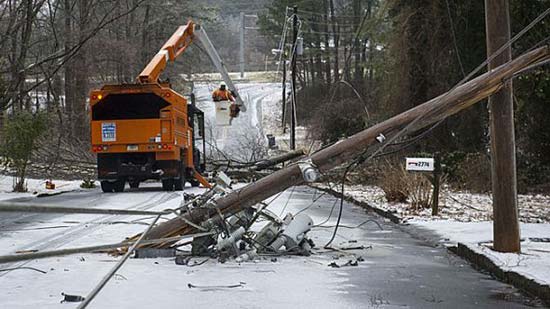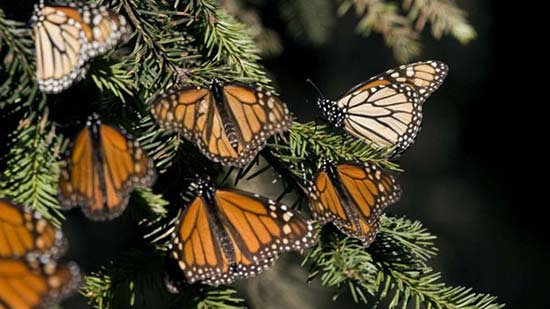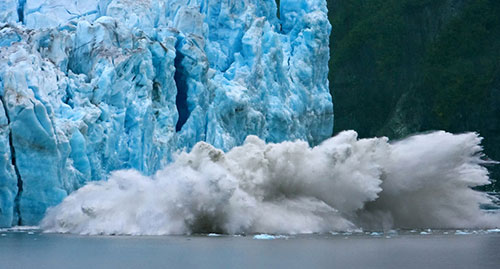 How to survive a power outage in winte
How to survive a power outage in winte Monarch Butterflies That Should Have Migrated South Have Yet to Leave Canada
Monarch Butterflies That Should Have Migrated South Have Yet to Leave Canada Rain, cooler air to sweep record-challenging warmth out of southern US this week
Rain, cooler air to sweep record-challenging warmth out of southern US this week Franken-Philippe Bringing Damaging Winds
Franken-Philippe Bringing Damaging Winds Exploring Solar Storms
Exploring Solar Storms Tropical Storm Philippe Drenches Florida and Cuba
Tropical Storm Philippe Drenches Florida and Cuba Hole in the ozone layer over Antarctica
Hole in the ozone layer over Antarctica The history of the barometer
The history of the barometer
Monarch Butterflies That Should Have Migrated South Have Yet to Leave Canada

Warm weather and strong winds are keeping thousands of Monarch butterflies from migrating south this year, scientists say.
According to a report by the Associated Press, the butterflies are usually in Texas by this time of year on their autumn migratory path from Canada to Mexico.
Darlene Burgess, who keeps track of the butterflies at Point Pelee National Park in Canada, told the AP it's unusual to see so many still remaining.
"As nice as this is to see, I really wish I wouldn't see it because they're running out of time," Burgess said. "It's really not good for them."
According to the Texas Parks and Wildlife, the butterflies generally travel through the state via two distinct pathways.
"One traverses Texas in a 300-mile wide path stretching from Wichita Falls to Eagle Pass," according to the state's website. "Monarchs enter the Texas portion of this flyway during the last days of September. By the third week of October, most have passed through into Mexico."
The second pathway lies along the Texas coast. The butterflies generally pass through this flyway by the third week of October into the middle of November, the site notes.
Journey North, a website devoted to tracking the butterflies, noted that as of Saturday, the leading migratory edge remains 400 miles to the north. It also noted that this is the latest migration they have ever recorded.
"We typically receive late sightings of single butterflies, but this year the late observations are among the largest of the season. Never have sightings so large and so late been reported from Canada - and cold temperatures are coming," Journey North reported.
Most concerning, the scientists told the AP, is that they haven't even left the North yet.
"It's very strange," Sweet Briar College biology professor Lincoln Brower, who has been studying Monarchs since 1954, told the AP.
Jake Weltzin, a U.S. Geological Survey ecologist, told AP this is just one more sign of the affect human-caused climate change is having on nature.

